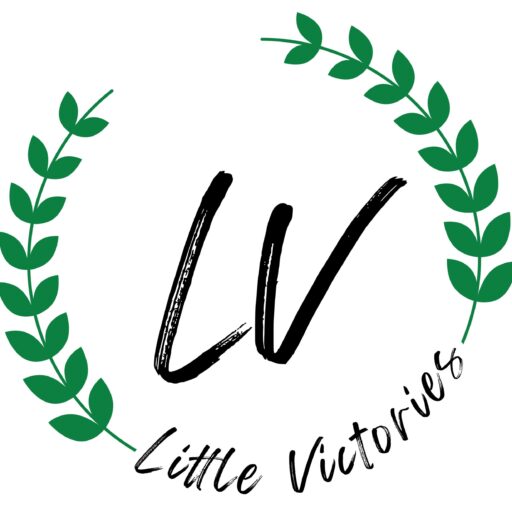If you’ve just started Applied Behavior Analysis (ABA) therapy services you are likely to have a lot of questions. Are they doing any work? Why are there so many tantrums? What’s with all the acronyms? When will I start to see progress?
First Days of Therapy
In the early days of therapy, it’s important for therapist and clients to build a positive relationship. We do this by playing games, coloring, and following the lead of the child. The length of time we “pair” varies depending on the child. Sometimes it may look like just being in the same room as the child. Regardless of how it looks, pairing is absolutely critical to the success of therapy.
Tantrums
Unfortunately, tantrums are part of therapy. Therapy is hard-work and someone coming into your home and placing demands don’t always get met with the warmest regards. Working through these tantrums is part of ABA therapy and learning. It’s all apart of the process!
Progress
Each child is different, which means that progress is unpredictable. Progress will happen. It usually starts in small steps. Little things will become easier and before you know it, you’ll think of where your child started and become amazed at how far they have come.
Session Structure
Most commonly, sessions will consist of playtime and worktime. Sometimes these lines blur and can be difficult to decipher. This is intentional. Ideally, therapist want to slip in programs and work without the child noticing. This may mean that if you aren’t playing close attention, you may not notice it’s work either. Ask your BCBA what programs are being targeted, ask about the structure of programs. How long does your child have for a break? How long/hard are they expected to work?
BCBA
Your BCBA is there to help and they want what’s best for your child. If you have any questions or concerns always reach out to your BCBA!
Haven’t started yet? Reach out to Little Victories ABA to get started!






0 Comments